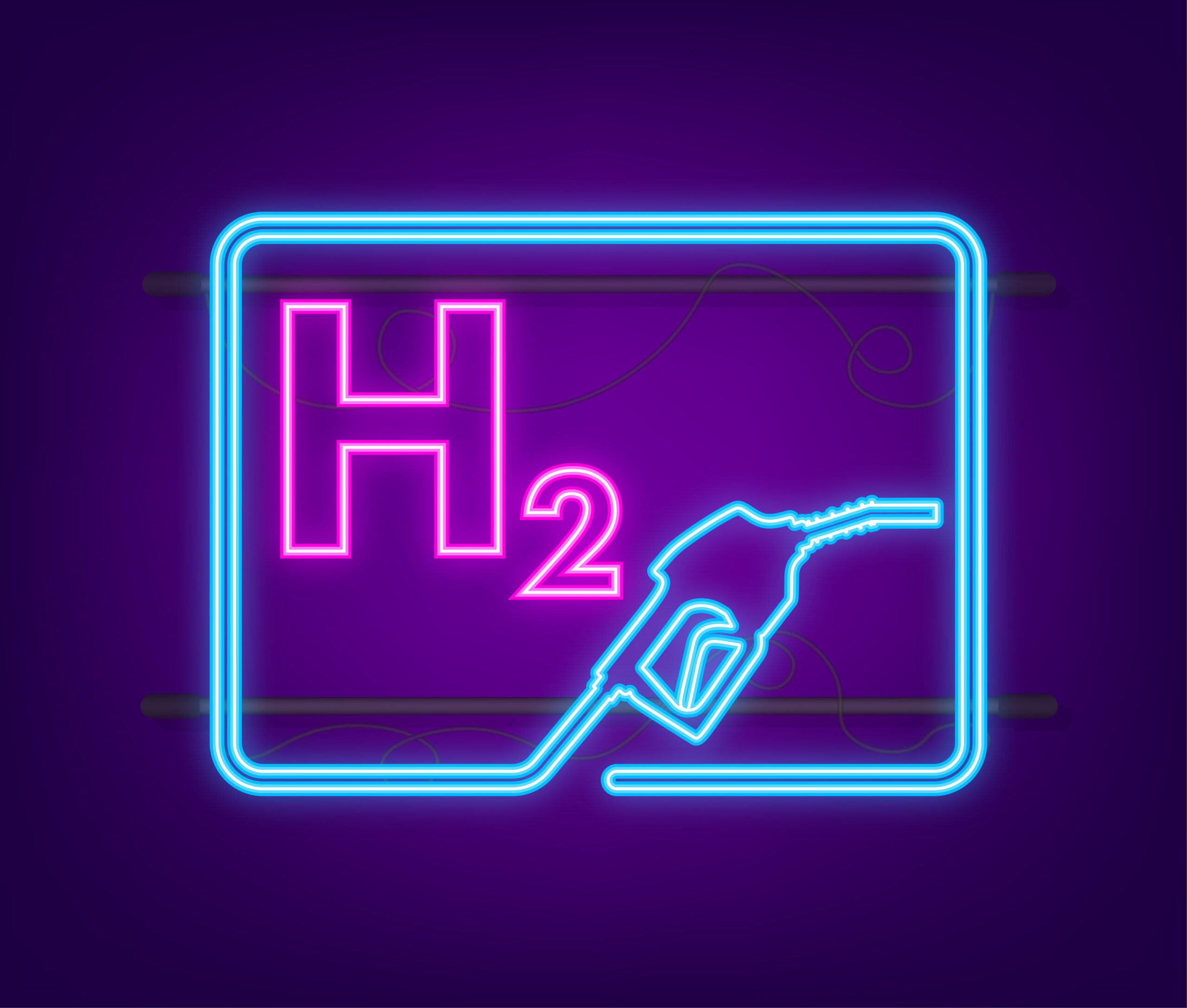As the transition to a green economy gathers pace, green hydrogen is cited as both a (potential) renewable fuel and an industrial game-changer.
In 2019, the federal government released a National Hydrogen Strategy, seeking to position Australia as a “major global player by 2030”.
However, industry figures such as Andrew Forrest, Executive Chairman of Fortescue Future Industries, have warned Australia may miss out on the opportunity to reach this goal if we don’t give incentives to the energy industry.
According to Andrew Forrest, Australia is losing capital, projects, people and technology to the USA and the European Union – who are providing large financial incentives to the renewable energy sector.

GIPHY
Politics aside, the commercialisation of green hydrogen is currently still plagued by numerous technological challenges.
Thankfully, clever people all across the country are ironing out these issues one by one.
One such example is Dr Nasir Mahmood from RMIT University’s School of Science. His team has recently published their research on making green hydrogen from seawater.
IT’S NOT EASY BEING GREEN
Green hydrogen is made in a process called electrolysis, which uses electricity to split water molecules (H2O) into hydrogen gas (H2) and oxygen gas (O2). The chemical equation looks something like this:
2 H2O (liquid) → 2 H2 (gas) + O2 (gas)
When hydrogen gas burns, there are no dirty carbon emissions. If the electricity source is green, then you’ve got an entirely renewable fuel.
What the process looks like on a small scale | RMIT
But green hydrogen is currently inefficient and expensive. Only 4% of manufactured hydrogen is produced through water electrolysis. The remaining 96% is produced from fossil fuels, which emit around 830 million tonnes of carbon dioxide a year.
According to Nasir, this is because what works in theory doesn’t always work in reality.
“Theoretically, water should split at 1.23 volts,” says Nasir.
“But in reality, it splits at higher energy levels.”
This theoretical number of 1.23V is based on pure, distilled water. But the most abundant forms of water (aka seawater) contain salts and other chemicals that interfere with electrolysis, driving up the energy and costs required to split it.
If you’re hoping Nasir has a clever solution to this problem, you’re in luck.
A CHEMICAL CHEAT CODE
Catalysts are chemicals that encourage reactions without themselves being consumed. In the case of water electrolysis, the right catalyst can reduce the amount of energy needed to split seawater into hydrogen and oxygen.
Nasir has been working on a catalyst made of nitrogen-doped porous nickel molybdenum phosphide sheets (it sounds complicated because it is). This catalyst allows seawater to be split at much lower energy levels. Nasir hopes this will contribute to reducing the cost of hydrogen production to $2 per kg, which is widely seen as a benchmark of an economically viable industry. Currently, green hydrogen production costs $4–6 per kg.
Nasir’s catalyst also eliminates other problems that come with hydrogen production, like the creation of toxic chlorine gas.
SEAWATER AIN’T SEAWATER
Catalysts work because they play a precise role in chemical reactions. Seawater, however, doesn’t have a precise composition. It contains not only salt but a huge array of other chemical compounds, not to mention biological life.
“Even within a city, the composition of seawater can change. The west and east sides of Melbourne have seawater with different compositions,” says Nasir.
“We try to optimise our catalyst to work within a range of concentrations.”
This doesn’t mean one catalyst will work for every conceivable variation of seawater. But it can work for a much wider range than current technology.
It’s important to note that, while this technology shows great promise, it is still on a lab scale. For the catalyst to enter the commercial space, there is still work to be done.
“Our aim is to put these materials into the commercial appliances by 2025. We already have some support from industry.”
Nasir (centre) and his team | RMIT
WIDE GREEN LAND
So how is Australia’s hydrogen strategy going generally? In a statement to Particle, the Department of Climate Change, Energy, the Environment and Water stated:
“With over 100 projects underway and over 90% of production planned being green hydrogen, we need to keep our foot on the accelerator to achieve the scale of industry development necessary to compete internationally.”
Perhaps in recognition of the need to continue pushing forward, on 24 February 2023, representatives of all Australian governments agreed to review the National Hydrogen Strategy at the inaugural Energy and Climate Change Ministerial Council meeting.
“Actions like the refresh of the National Hydrogen Strategy will help Australia respond and react to the rapidly developing hydrogen industry.”
“The Strategy review will soon be open for consultation, and is expected to be delivered before the end of 2023.”
There’s still a way to go with green hydrogen, both from a technological and economic perspective. And with the US and EU legislating generous subsidies, there is an urgent need for Australia to level up if we wish to become a global player.
Otherwise, we may risk losing cutting-edge and homegrown ideas to international investors.

GIPHY










